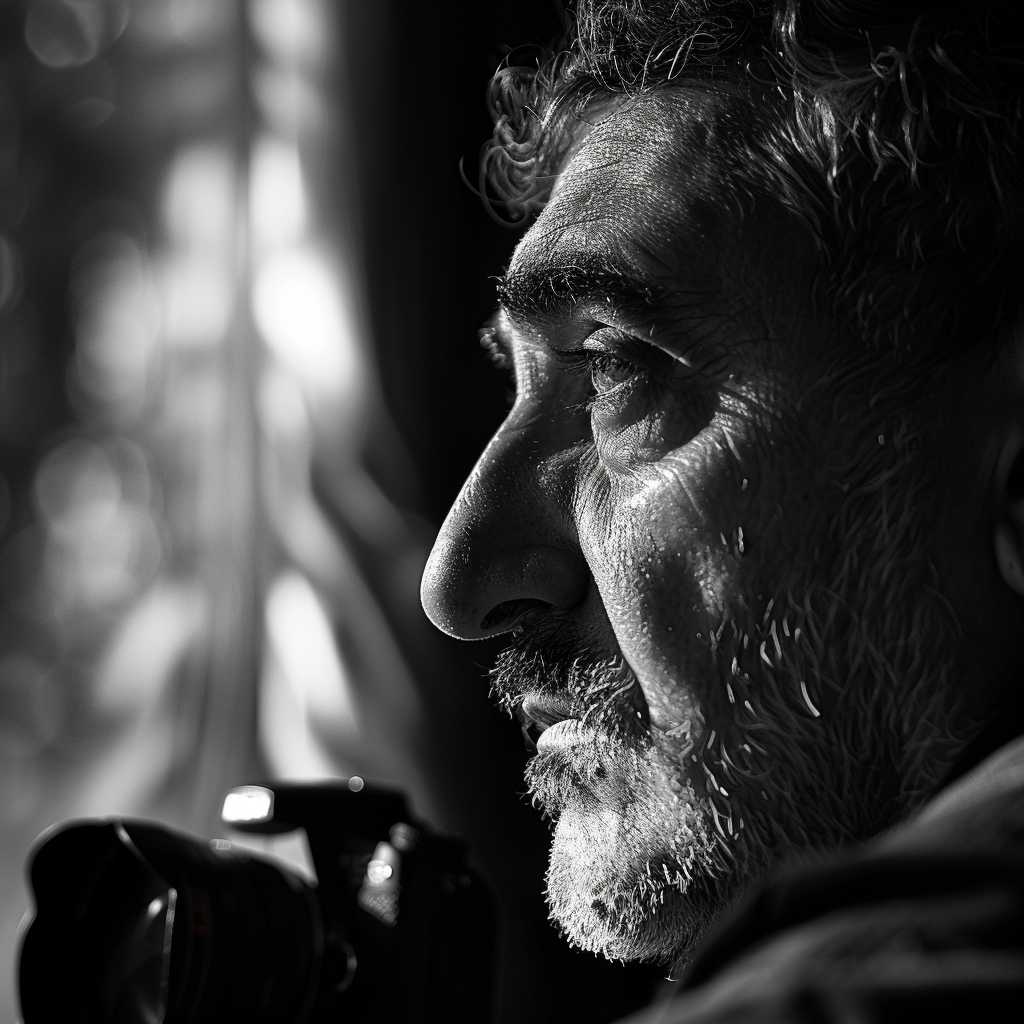The Life and Legacy of Abbas Attar, Renowned Photojournalist and Magnum Member
Abbas Attar, known mononymously as Abbas, was a renowned Iranian-born photographer and photojournalist, known for his exceptional documentation of conflicts and revolutions throughout the world during his prolific career. Abbas’ poignant work provided a unique perspective on personal, political, and spiritual subjects. This article offers an insight into the life, contribution, and enduring legacy of Abbas within the realm of photojournalism.
Early Life and Entrance into Photography
Abbas was born in Iran in 1944. Though he later settled in Paris, his early years were deeply rooted in Iranian culture and the happenings of his home country. Initially, he pursued studies in English and Russian before fully dedicating himself to his passion for photography in the 1960s.
His professional career began in 1970 when he worked for the renowned Sipa Press. During this time, Iran was undergoing significant upheaval, which provided a dramatic backdrop that deeply influenced Abbas’ photographic perspective. His work from this period exemplifies a profound understanding of the country’s political and social environment.
Coverage of Historical Events
Throughout his career, Abbas focused on documenting the social and political life of societies in conflict. He was especially known for capturing the human element within these contexts. His major projects have highlighted critical historical moments such as the Vietnam War, the Cuban Revolution, and the Iranian Revolution in 1979.
International Acclaim and Magnum Photos
In 1981, Abbas became a full member of Magnum Photos, an international photographic cooperative owned by its photographer members with offices in New York, Paris, London, and Tokyo. Having published numerous photography books and holding countless exhibitions around the world from European capitals to Asian metropolises, Abbas solidified his status as a globally influential photojournalist.
Photographic Style and Approach
Abbas was celebrated for his ability to chronicle intensity and passion on film. His style is characterized by its immediacy, powerfully reflecting the tumultuous events he chose to engage with. While write about his works often evoke deep emotional reactions due to Abbas’ skill in capturing high-tension moments, he is equally recognized for his intimate black-and-white portraits.
His projects often required deep immersion. Abbas spent significant time within communities – studying not just their day-to-day lives but also their existing tensions.
Pivotal Projects and Works
Perhaps one of Abbas’ most notable works is his extensive documentation of Islam throughout seven years – from 1987 to 1994 – resulting in his critically acclaimed book “Allah O Akbar: A Journey Through Militant Islam.” Other influential projects include “The Children of Abraham,” which delved into Judaism, Christianity, and Islam’s commonalities and differences.
Personal Philosophy and Impact
Aside from chronicling historical events, Abbas was deeply invested in exploring religious ideologies through his lens, examining their influence upon politics and culture. His work often mirrored his personal quest to understand what it means to believe and belong somewhere amid surplus of conflict.
Beyond photography, he leaves an imprint as an intellectual soul who reasserted the power that images have on documenting truth or shaping it through artful interpretation.
Humanitarian Contributions and Activism
Abbas’ lens did not stop at capturing moments; it also propelled social change. His poignant images often raised awareness of critical issues and injustices around the world.
Reflections on Death and Legacy
Abbas passed away on April 25, 2018. His passing marked a significant loss for the global community of photographers but at the same time solidified his legacy as one of the most prominent documentarians through image-making.
Notes
Image description: A powerful black-and-white photograph captures Abbas Attar with a camera in hand looking out intently as if surveying a scene. The background is blurred to emphasize his sharp profile; light falls across half of his thoughtful face showcasing an iconic half-shadow that is emblematic of him being both an observer and chronicler through his photography work.
